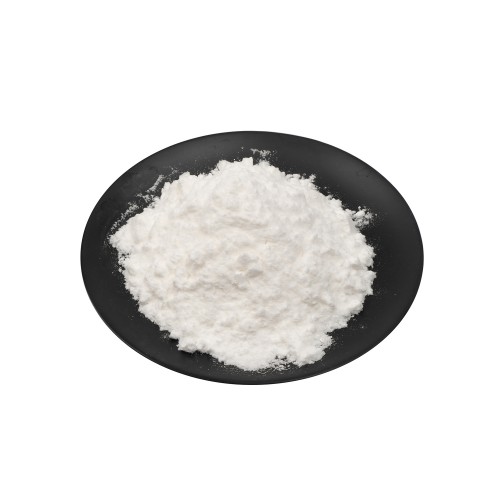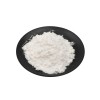



1. Palmitoylethanolamide is an endogenous fatty acid amide belonging to the class of nuclear transcription factor agonists. PEA has been shown to bind to nuclear receptors in the nucleus and is a natural anti-inflammatory agent for the generation and marketing of a variety of chronic pain and inflammation-related biological functions.
2. PPAR-α, a member of the peroxide proliferator-activated receptor PPARs, the other two subtypes are PPAR-β and PPARγ. PPAR-α is mainly distributed in some organs and tissues with active catabolism of fat. It is the main transcriptional regulator of fatty acid oxidase gene, which is involved in mediating lipid uptake and oxidation, and mediating amino acid metabolism. From a macroscopic point of view, it can participate in hemostasis, inflammation, lipid metabolism disorder, atherosclerosis and coronary heart disease. a pharmacological and physiological process.
3. In the animal experiments of chronic pain and inflammation models, the mechanism of action and the effect of PEA have been further verified.
4. In the model of chronic granulomatosis pain, PEA can prevent mechanical pain caused by nerve formation and germination. PEA can also inhibit the activation of ganglia, which indicates that PEA is an analgesic and anti-inflammatory substance. It is based on different mechanisms of action.
5. In the nervous system, PEA is produced as a result of the repair mechanism of chronic inflammation and chronic pain in the body. In bladder inflammation, PEA can attenuate the pain caused by visceral nerve reflexes. In the femoral nervous system, PEA achieves the effect of reducing pain perception by affecting the peripheral mast cells that promote inflammation.
| Testing Items | Specifications | Results |
| Appearance | Fine Powder | Compiles |
| Color | White to Off-white | Compiles |
| Identification | Positive | Compiles |
| Heavy Metals | NMT 10 ppm | Compiles |
| Arsenic(As2O3) | NMT 1 ppm | Compiles |
| Sulfate(SO4) | NMT 0.040% | Compiles |
| Iron(Fe) | NMT 10 ppm | Compiles |
| Chloride(Cl) | NMT 0.020% | Compiles |
| Solvent Residual | Meeting USP Standard | Compiles |
| Total Plate Count | 10,000 cfu/g Max | Compiles |
| Yeast & Mold | 300 cfu/g Max | Compiles |
| Coliforms | 10 cfu/g Max | Compiles |
| E. Coli | Negative/ 10g | Negative |
| Salmonella sp. | Negative/ 25g | Negative |
| Staph Aureus | Negative/ 10g | Negative |
| Pseudomonas | Negative/ 25g | Negative |
| Residue on ignition | 0.1% Max | 0.03% |
| Particle size | D(0.5): 3um | D(0.569): 3um |
| D(0.99): 10um | D(0.995): 10um | |
| Excipients | None | Confirm |
| Loss on Drying | 1.0% Max | 0.15% |
| Assay (on dried base, GC) | NLT 98% | 98.75% |